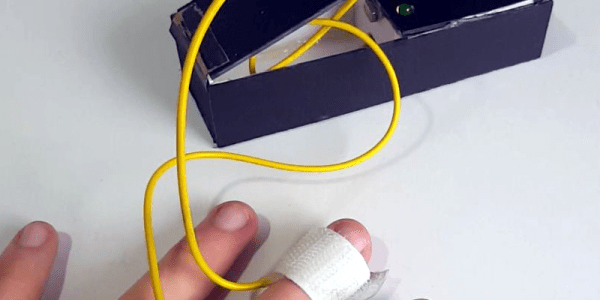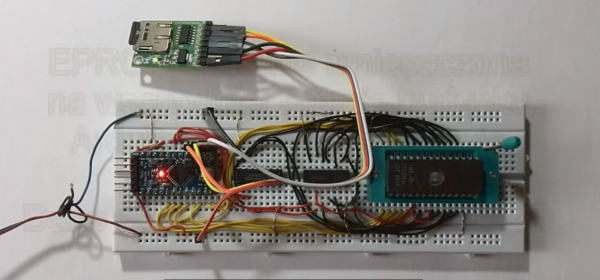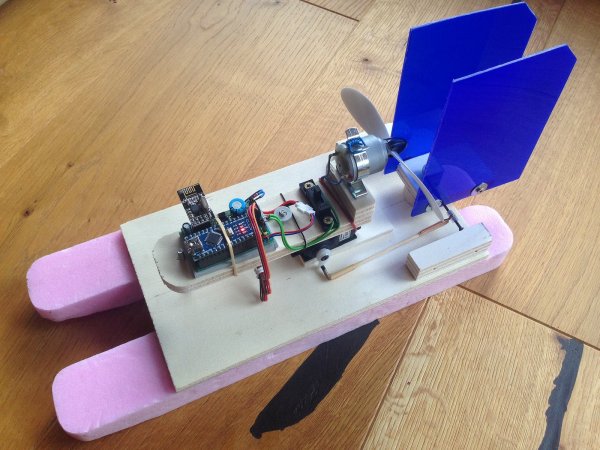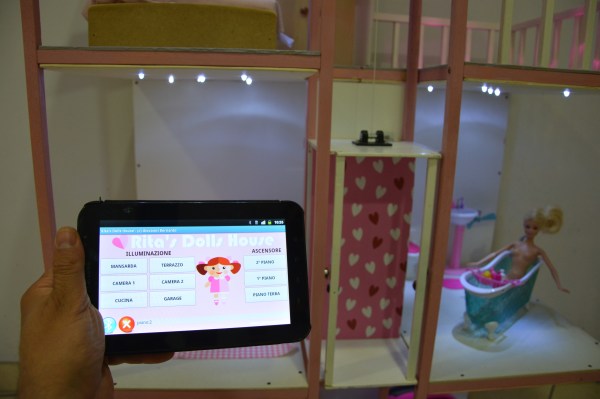If it wasn’t for the weird Dutch-Norwegian techno you’d presumably have to listen to forever, [Gianni B.]’s doll house for his daughter, [Rita] makes living in a Barbie World seem like a worthwhile endeavor. True to modern form, it’s got LED lighting. It’s got IoT. It’s got an app and an elevator. It even has a tiny, working, miniature television.
It all started with a Christmas wish. [Rita] could no longer stand to bear the thought of her Barbie dolls living a homeless lifestyle on her floor, begging passing toys for enough monopoly money to buy a sock to sleep under. However, when [Gianni] visited the usual suspects to purchase a dollhouse he found them disappointing and expensive.
So, going with the traditional collaborating-with-Santa ruse, he and his family had the pleasure of collaborating on a dollhouse development project. Each room is lit by four ultra bright LEDs. There is an elevator that’s controlled by an H-bridge module, modified to have electronic braking. [Rita] doesn’t own a Dr. Barbie yet, so safety is paramount.
The brain of the home automation is a PIC micro with a Bluetooth module. He wrote some code for it, available here. He also went an extra step and used MIT’s scratch to make an app interface for the dollhouse. You can see it work in the video after the break. The last little hack was the TV. An old arduino, an SD Card shield, and a tiny 2.4 inch TFT combine to make what’s essentially a tiny digital picture frame.
His daughter’s are overjoyed with the elevation of their doll’s economic class and a proud father even got to show it off at a Maker Faire. Very nice!
Continue reading “Rita’s Dolls Probably Live Better Than You Do” →

















